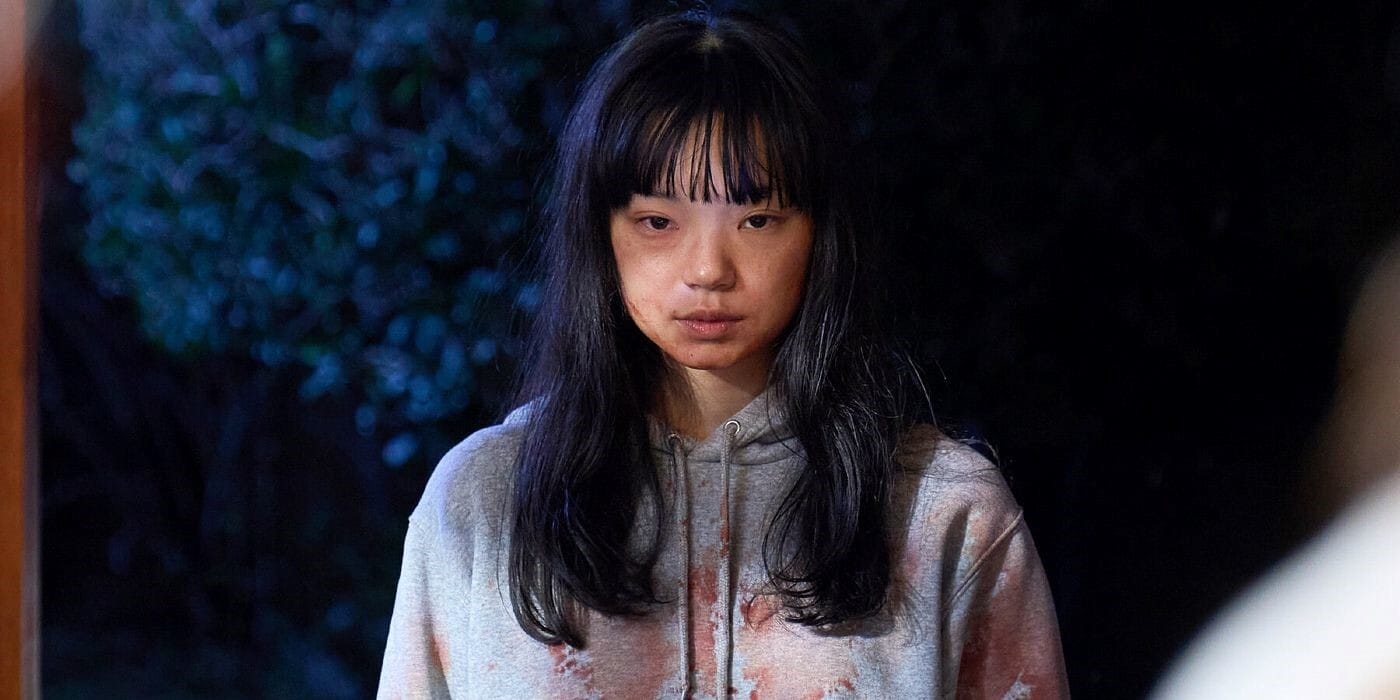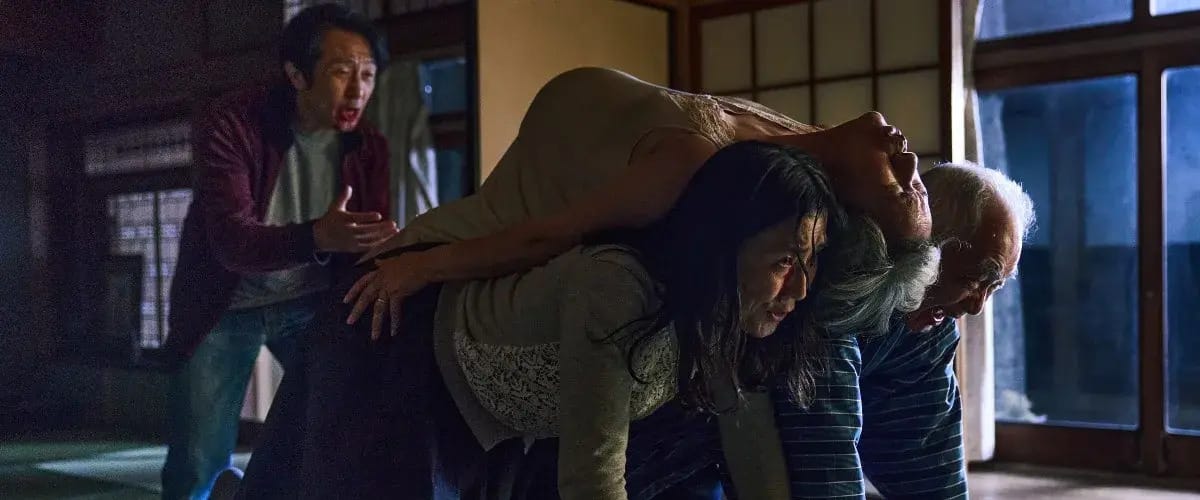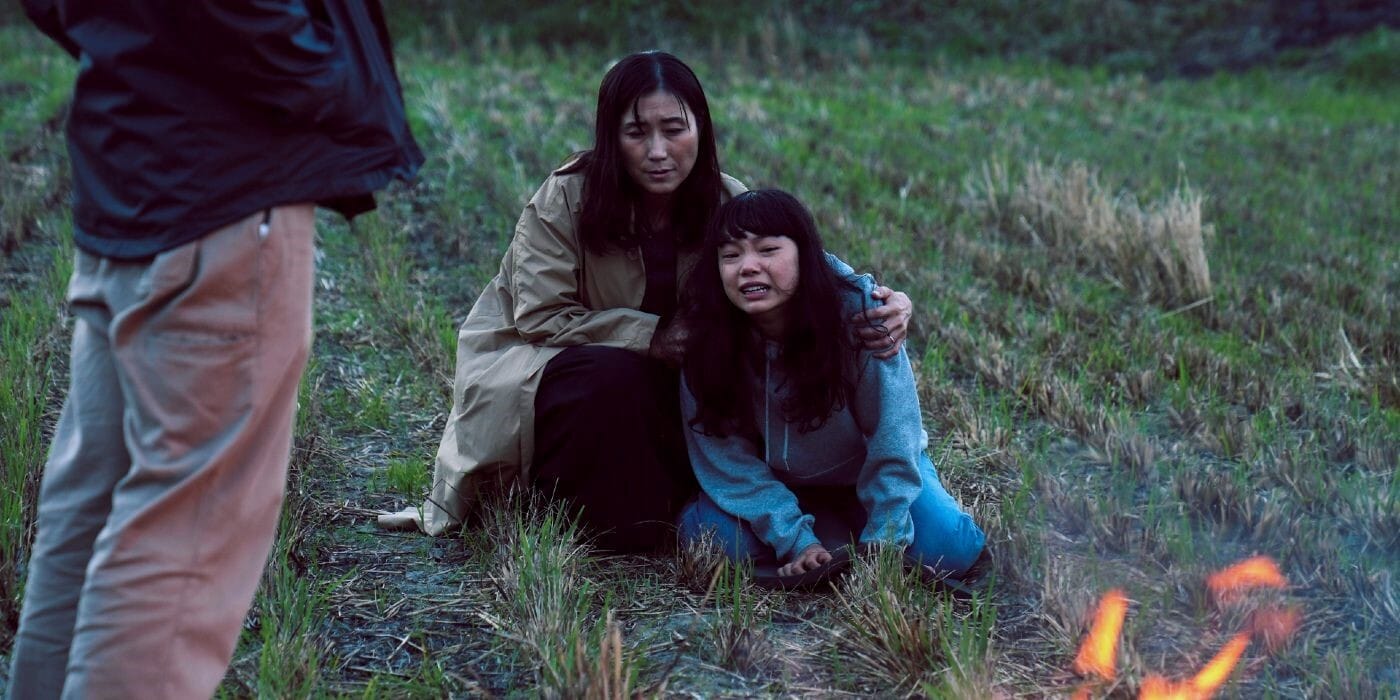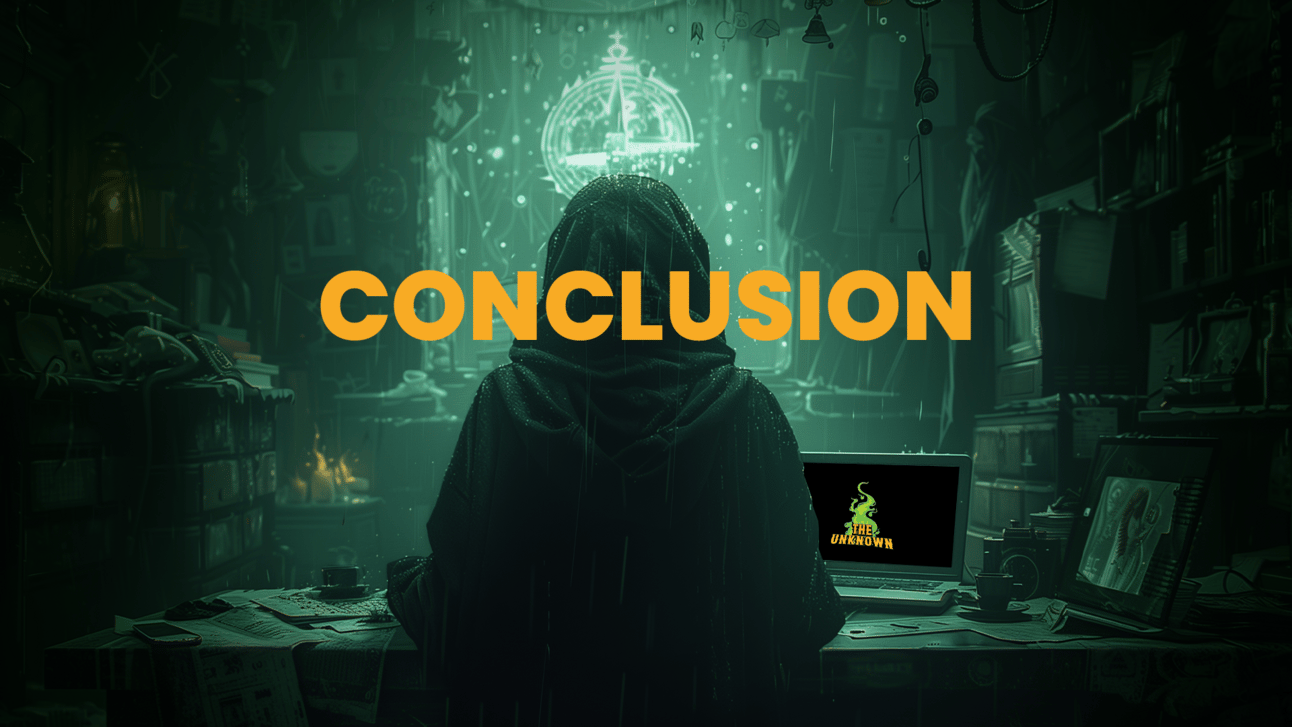- The Unknown
- Posts
- Unpacking the Hype and Horror of 'Best Wishes to All'
Unpacking the Hype and Horror of 'Best Wishes to All'
When Japanese Horror Meets Family Tradition

In the world of independent cinema, especially within the horror genre, there's something both intoxicating and daunting about a film riding the waves of hype. Such is the case for Yuta Shimotsu's "Best Wishes to All," a Japanese horror film that has managed to capture attention and commentary across the globe. Streaming now on Shudder, this film presents an intriguing mix of expectations, allegory, and execution.
The Magic and Peril of Indie Hype
Independent horror has a magnetic quality, often emerging from the haze of obscurity fueled not by budgets but by raw, compelling ideas. Take movies like the "Terrifier" series that ascended from the ranks of indie obscurity into something almost legendary through word of mouth and festival buzz. "Best Wishes to All" embodies a similar trajectory, having garnered accolades such as Scariest Feature at Overlook Film Festival. But such accolades set a high bar that can sometimes be a double-edged sword.

A Unique and Disturbing Premise
"Best Wishes to All" presents a narrative embedded in disturbing allegory. When nursing student Kotone Furukawa visits her grandparents in the countryside, she confronts an unsettling reality—a man with his eyes, mouth, and ears sewn shut, claimed by the locals, including her grandparents, as the source of their happiness. This bizarre normalization of horror speaks volumes in a profound societal allegory: the zero-sum nature of happiness, depicting that for one to thrive, another must suffer.

Tradition, Family, and Allegory
This film dives deep into Japanese cultural contexts, exploring the tensions between tradition and modernity, particularly the significant responsibility often placed on caring for older family members. Within this framework, the unsettling narrative unfurls a poignant question: Who is paying for our happiness? "Best Wishes to All" embodies this struggle, making the internal conflicts of duty and desire external and horrifying.

Execution and Viewer Experience
Though the film sets a strong and queasy atmosphere in its first half, capturing the viewers with otherworldly uncanny distortions from Kotone’s grandparents, it enters a surreal realm post-revelation. Some argue that this shift muddies the clarity of its allegory, where the film moves from grounding in eerie reality to an outright surreal psychological horror.
The allure of "Best Wishes to All" comes not from conventional horror thrills or jump scares but from fostering a profound sense of dread. While it might not cater to the standard scares expected of its Scariest Feature award, it excels in unsettling the viewer, burrowing deep under the skin with its lingering questions.

Is It Worthwhile?
Even where its narrative execution may divide opinion, "Best Wishes to All" stands as a testament to thematic richness often elusive in horror. Its craftsmanship, from Shimotsu’s direction to compelling performances by Masashi Arifuku and Yoshiko Inuyama, adds undeniable value.

Final Thoughts: Beyond the Hype
Reflecting on "Best Wishes to All," one can't help but ponder how external perceptions — the buzz, awards, and reviews — shape our experiences of cinema. How would our interpretations differ if an extraordinary film like this one appeared without any fanfare or reviews? This contemplative question about expectation versus reality serves as a poignant reminder for our encounters with art, a reminder of the dual-edged nature of hype in shaping public reception.
So next time you’re seeking that film everyone's buzzing about, whether it aligns with "Best Wishes to All" or not, consider both the high-stakes expectations and the art itself as a construct that thrives through challenging what makes us truly fear. "Best Wishes to All" might be just the cerebral horror journey to provoke discussions long after the credits roll.
Listen to the full podcast episode here!